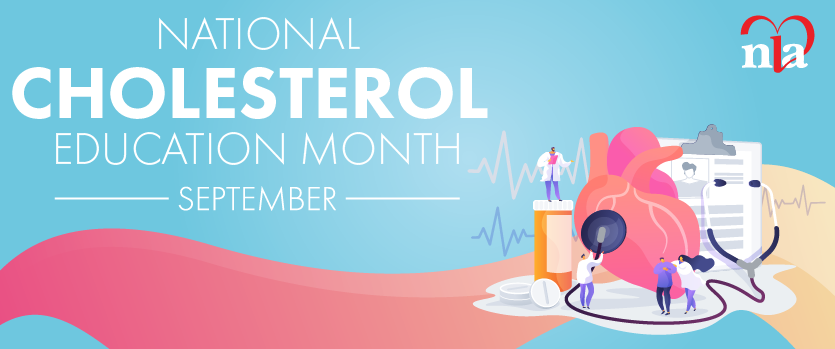Dr. Barter’s perspective in the accompanying editorial is summarized in the last sentence of his article: “Given these facts, it is difficult to argue against the proposition that, unless contraindicated, all people older than 65 should receive a statin, regardless of the presence or absence of risk factors other than older age. Such action has the potential to substantially reduce morbidity in the elderly.”
There is general recognition that advancing age is associated with increased atherosclerotic plaque development, and that this increased plaque burden is associated with progressively greater ASCVD risk over time. Despite the relative paucity of data in elderly as compared to younger patients, there is little doubt that treating elderly patients with established ASCVD is associated with reduced risk and improved outcomes. A more controversial question relates to the need for treatment with statins for older patients for primary prevention.
Plaque burden in elderly patients is estimated by coronary calcium scoring. In a study reported in 2001, electron beam computed tomography was performed to assess coronary artery calcium in 614 asymptomatic, older adults aged, on average, 80 years (range 67 to 99 years); 367 (60 percent) were women, and 143 (23 percent) were black. Calcium scores ranged from 0 to 5459. Median scores were 622 for men and 205 for women. Nine percent of subjects (n=57) had no coronary artery calcium.1 The absence of coronary calcium is associated with higher cumulative survival2 and with reduced frailty in elderly individuals.3 While the current standard of care in older patients does not include routine measurement of coronary calcium, this finding identifies a subgroup of older patients in whom statin therapy may be unnecessary and associated with additional expenses and inconvenience related to long-term medical follow-up.
As pointed out in the NLA Recommendations for Patient-Centered Mangement of Dyslipidemia – Part 2, older individuals have a higher incidence of statin-related muscle symptoms than those who are younger, and are more likely to discontinue a statin due to muscle side effects. Polypharmacy, defined by the concurrent use of five or more prescription medications, is common in older patients, and the use of statins in such patients may predispose them to drug-drug interactions.4 The greater the number of drugs that a patient is asked to take, the lower the likelihood of long-term adherence to all medical therapies.
When advising older individuals about strategies to prevent ASCVD, clinicians are advised to consider guideline-based recommendations. However, entry criteria into the clinical trials that are used in the development of preventive care guidelines are often highly selective, a fact that increases the difficulty of the decision-making process. The presence of multiple competing co-morbid conditions and challenging social situations that are so often present in older patients further complicate the considerations we employ in preventive care decision-making.
Furthermore, the economic burden of additional drugs, even when they are generic, is often extremely difficult for those with fixed incomes and/or limited financial resources.
Statins, when given to the right older patients, are extremely valuable in ASCVD preventive care, but they need to be used selectively. The proposition that they should be prescribed for all patients age 65 and older, unless contraindications are present, represents an unnecessarily aggressive approach to our most vulnerable patients.






.jpg)
.png)











